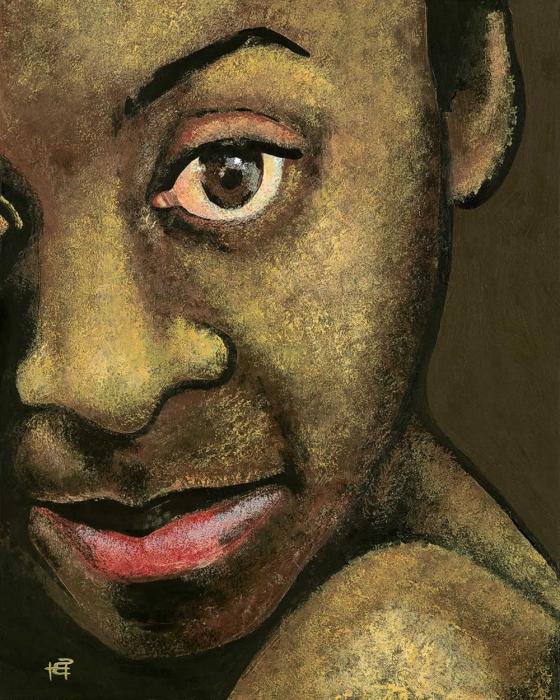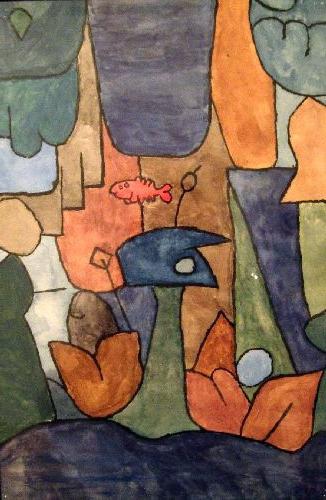
As a rule, while studying English, we focus on household vocabulary. After all, first of all, you need to know how to communicate with people on everyday topics such as weather, latest news, gastronomy, hobbies and hobbies. But think: is it really that, having arrived in England, you will be busy all day in everyday life? Is the maximum that you will be ready for is to say a word about the weather with a neighbor? Of course not. First of all, you will want to explore the area, visit various cultural institutions. Let's look at the situation of your trip to the art gallery. Of course, you can silently look at pictures, moving from one to another, or poke your finger at specific details, while uttering meager epithets like “nice”, “beautiful”, “interesting”. But why not surprise the locals with a wonderful knowledge of their language? Believe me, they observe a lot of such “silent people”. It is a completely different matter when a foreigner is able to fully convey the gamut of his impressions and give a good description of the picture.
We begin with what is depicted in the described picture. This can be a portrait (portrait), landscape (landscape) or still life (still life). Portraits are of the following types: self-portrait (self-portrait), full-length (full-length), half-height (half-length), knee-length (knee-length), shoulders (shoulder-length), group (group) , caricature. Now let's move on to the landscapes. They are urban (townscape), marine (marina), depicting nature (scenery). We turn to the main types of still life: with flowers (flower piece), with fruits (fruit piece). With this, we can begin our description of the picture.
Let's move on to the foreground. If a portrait is in front of you, the artist may well have revealed in him the character of the person depicted (to reveal the person's nature, to render the personality) or conveyed emotions with touching sincerity (to portray emotions with moving sincerity), captured the moment with a certain expression on his face (to capture transient expression).

The following epithets can be added to the description of the picture: vivid, lyrical, moving, obscure, poetical, vulgar, romantic, exquisite, miserable ( pathetic), wonderful (remarkable), luxurious (superb). In general, the picture may seem to you a masterpiece (masterpiece) or, conversely, colorless daub of paint. You can add a few words about color to your description of the picture in English, for example: "the artist showed excellent command of color" (complete command of colors) or "has an amazing sense of color and composition" (marvellous sense of color and composition). Or, on the contrary, the chosen
combination of colors seemed to you screaming (crude) or painful (depressing). The picture can hit with an abundance of bright colors (abundance of vivid colors) or dramatic
color depth (dramatical intensity).
When compiling a description of the picture in English, it is worth remembering: it is better to express it accurately and concisely, while emphasizing the main characteristics of the picture, rather than saying a lot of beautiful (or not so) words, but never getting to the bull's eye. Any description of the picture should begin with your perception of the depicted. If it so happens that you do not have enough vocabulary to express your impression, you can say something like “This piece has impressed me so deep, that I cannot even pick the proper words to express my point of view!” ("This work made such a strong impression on me that I am not even able to find the right words and express my opinion!"). Agree, such words are also a description of the picture, and even incredibly flattering!
Now you are definitely ready to visit an art gallery in London (for example). It remains only to wish you to fully enjoy the works of art!